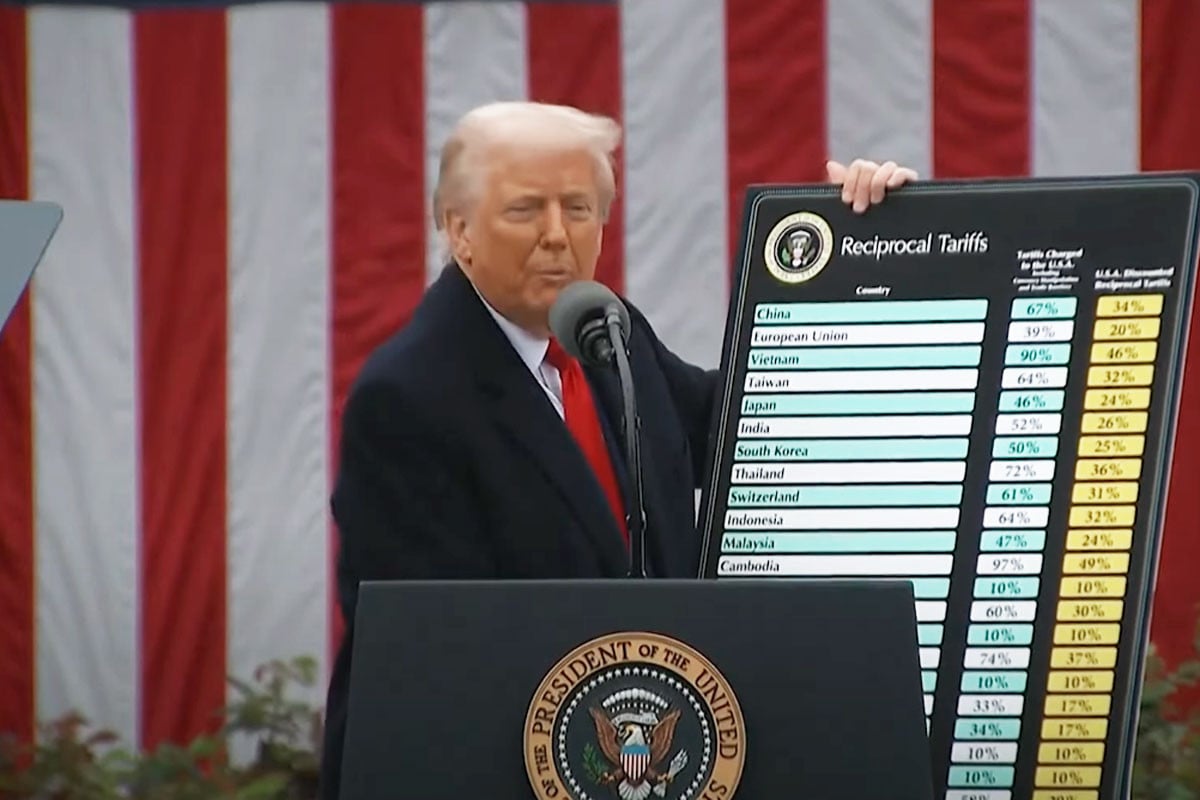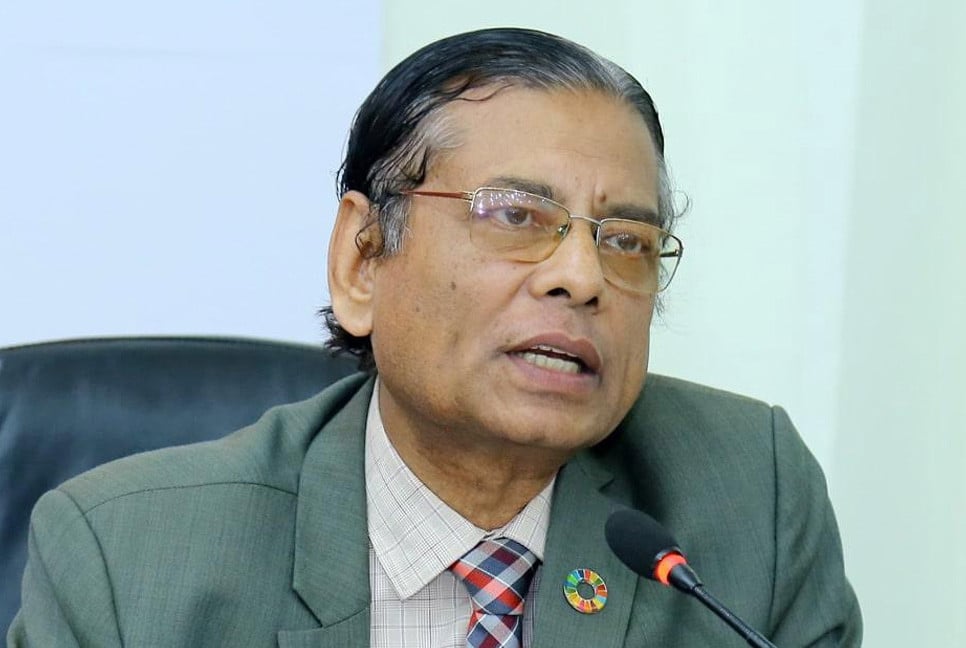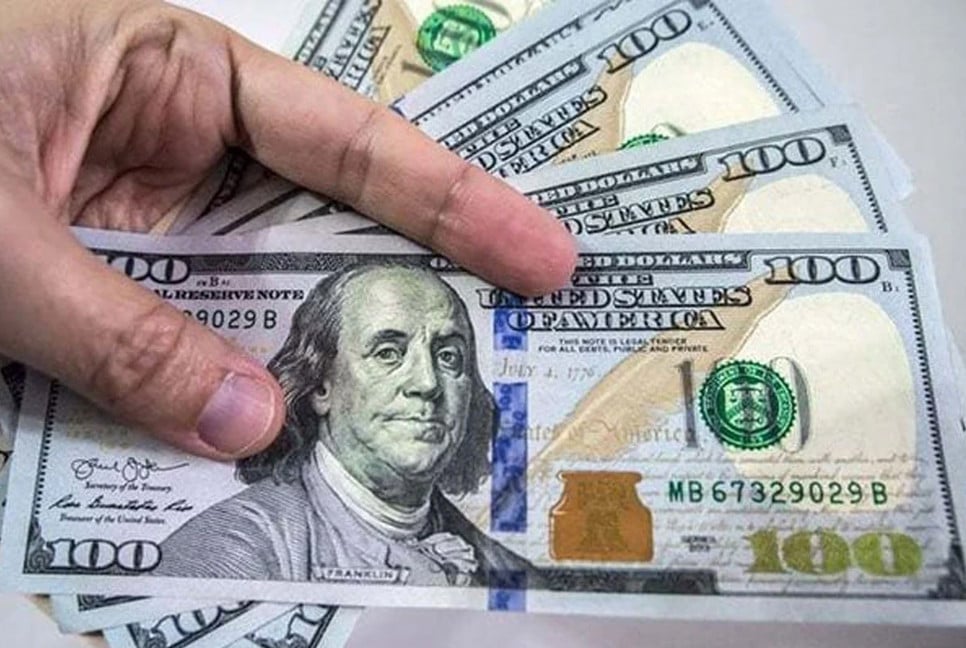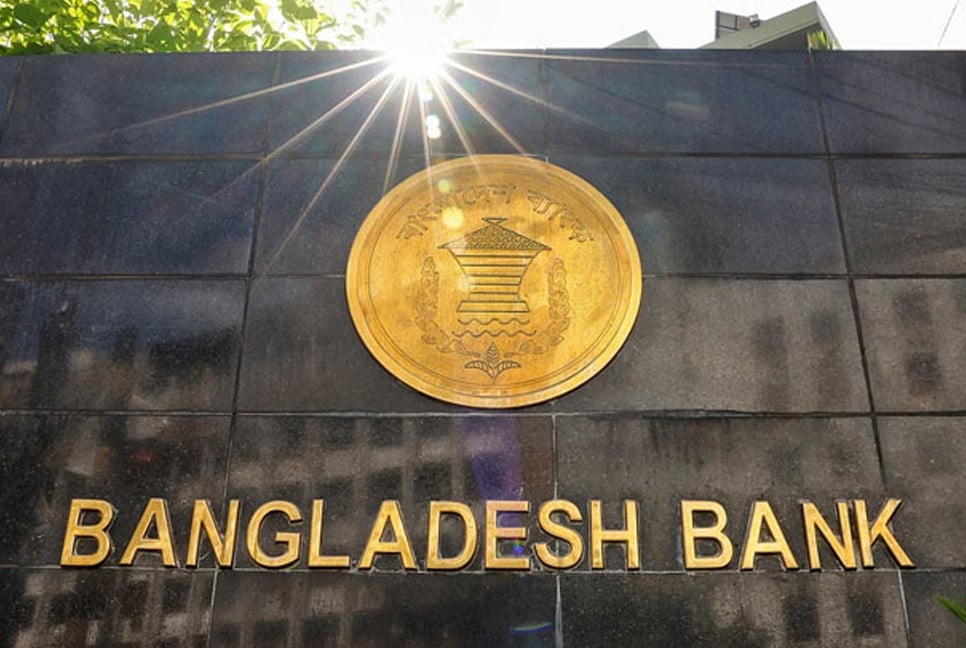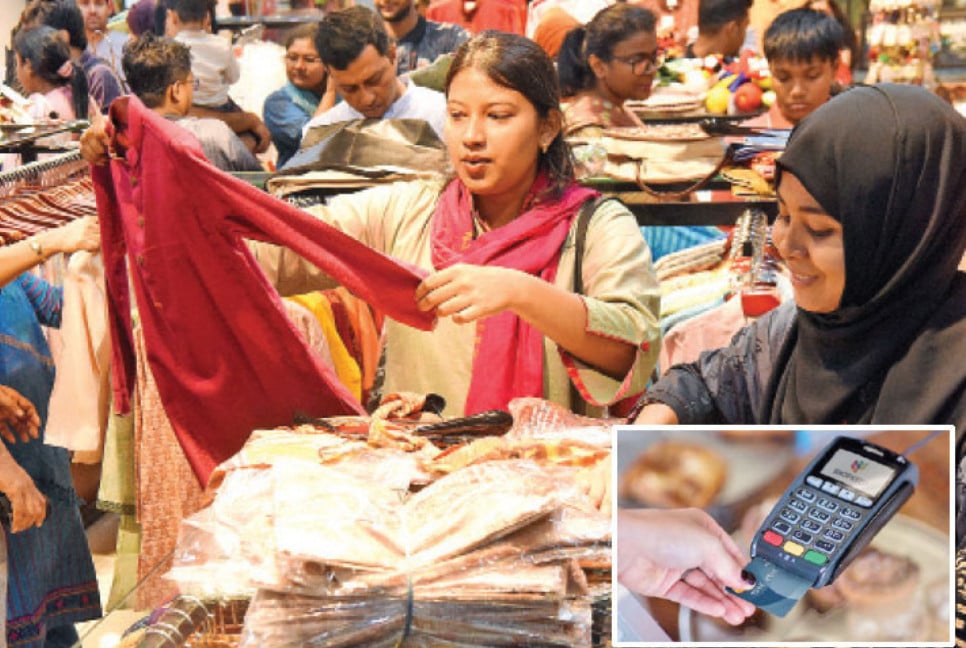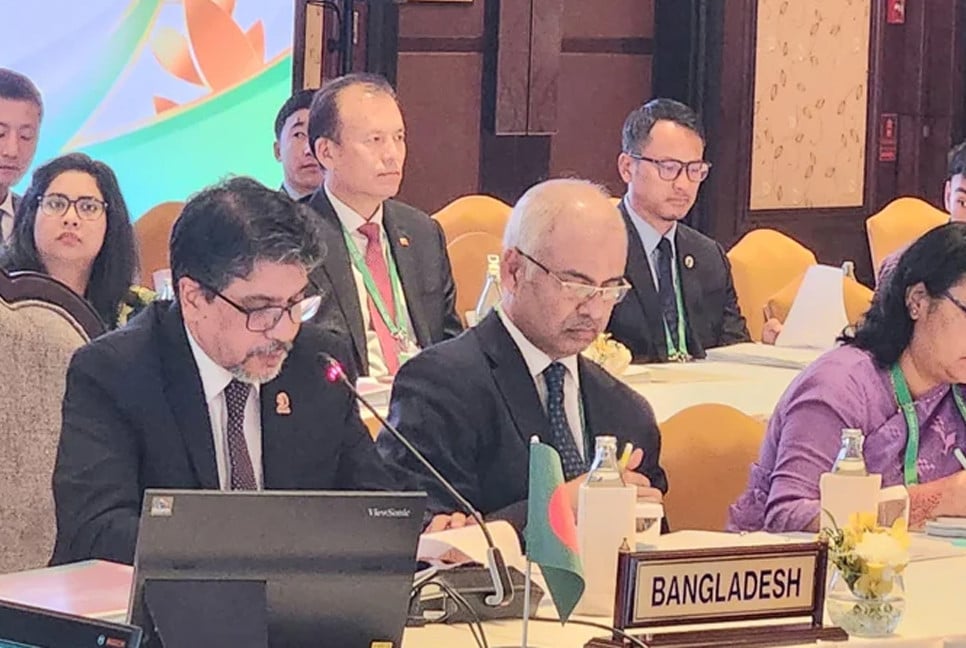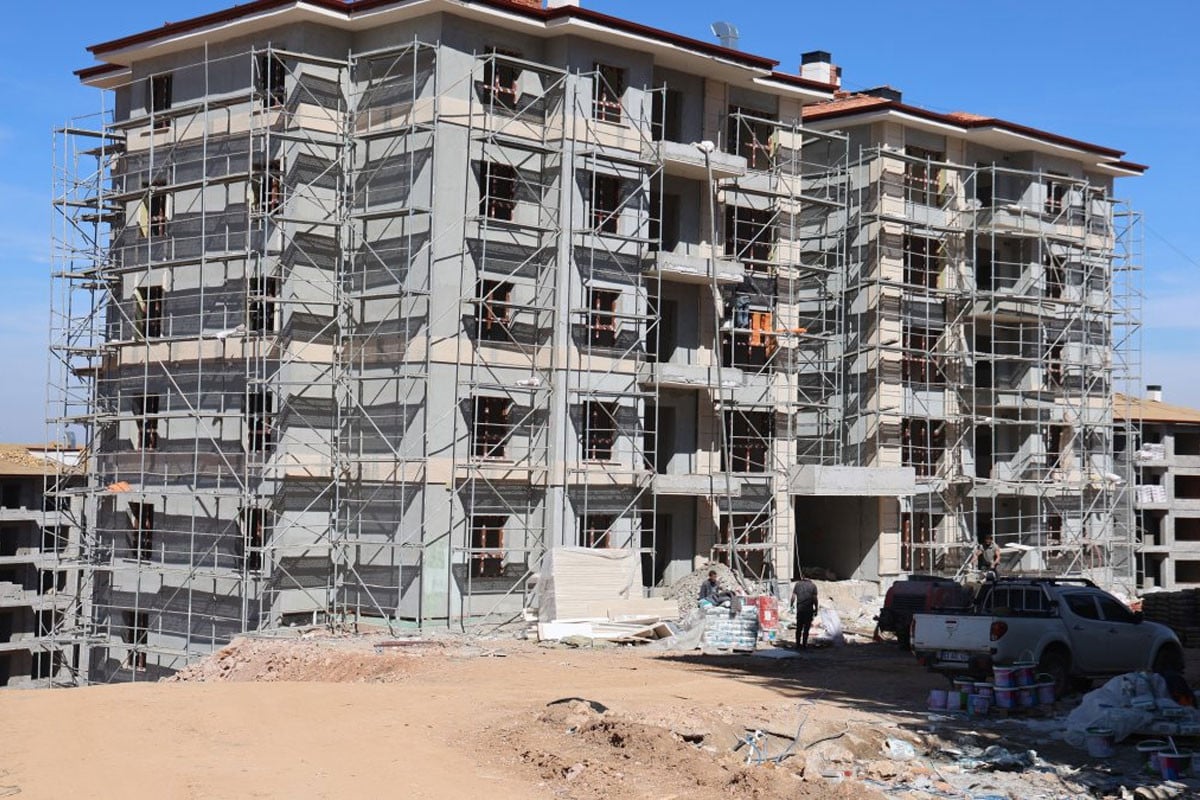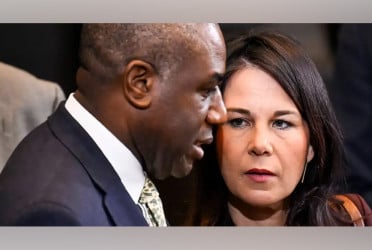Bangladesh's foreign exchange market faces significant volatility, driven by six critical factors identified by Bangladesh Bank. Spokesperson and Executive Director Husne Ara Shikha outlined these challenges on Monday, highlighting the year-end surge in dollar demand due to December loan repayment schedules.
In efforts to meet International Monetary Fund (IMF) targets, Bangladesh Bank halted dollar sales, reducing supply in both the interbank and open markets. Simultaneously, a downgraded credit rating has strained relationships between Bangladeshi banks and their foreign counterparts, disrupting the opening of UPAS Letters of Credit (LCs) despite deferred payment terms. This has intensified pressures in the circular market as payment maturities cannot be deferred, alongside disruptions in offshore banking loans.
Adding to the instability, monopolistic practices among remittance aggregators and middlemen have worsened exchange rate volatility. Mismatches in inflows and outflows handled by commercial banks have further strained market dynamics. In response, Bangladesh Bank introduced a capped exchange rate of Tk 123 per dollar for remittance collection and restricted cross-currency transactions to the same ceiling. Enhanced dashboard-based monitoring has also been implemented to address these imbalances.
These measures aim to stabilize the market amid mounting pressure from foreign debt repayments and fluctuating dollar demand, seeking to restore equilibrium to Bangladesh’s foreign exchange system.
Bd-pratidin English/ Jisan




